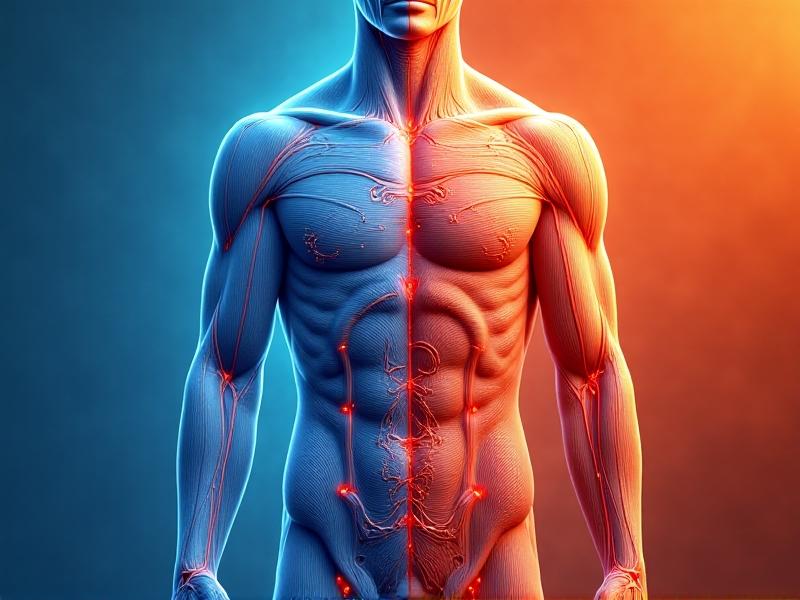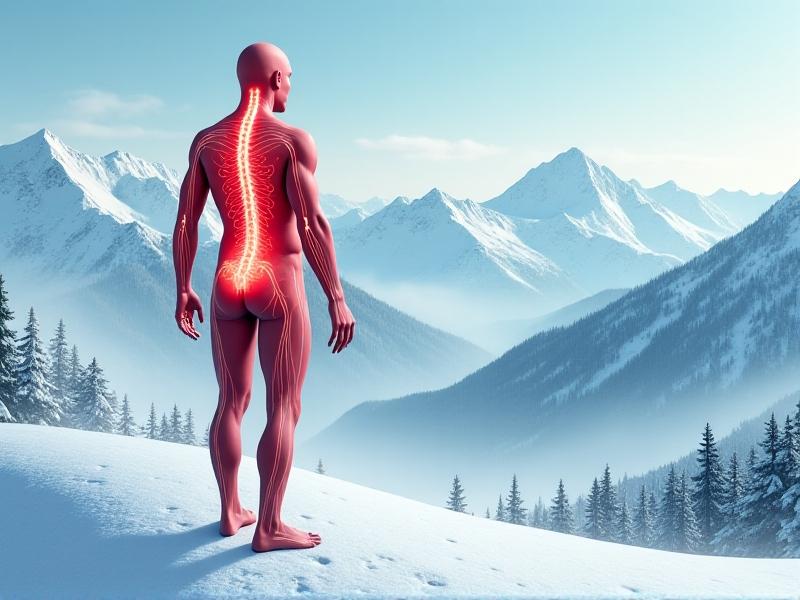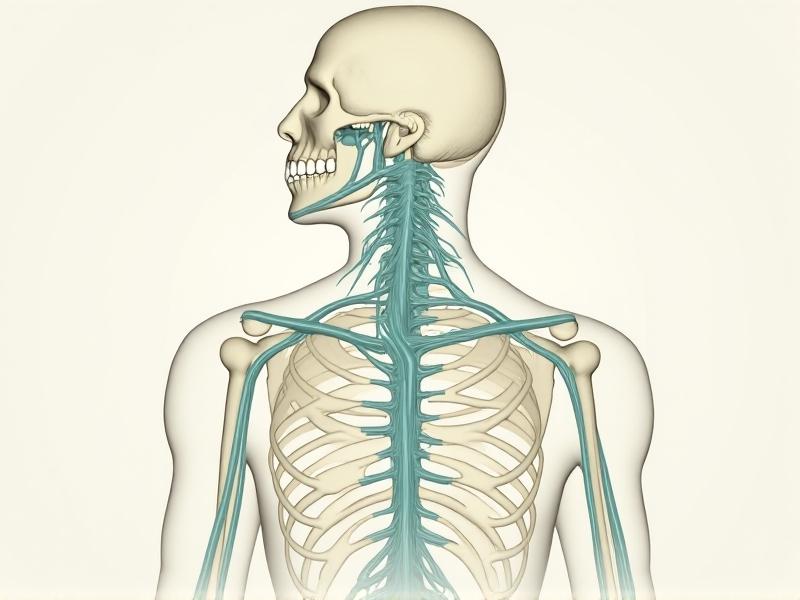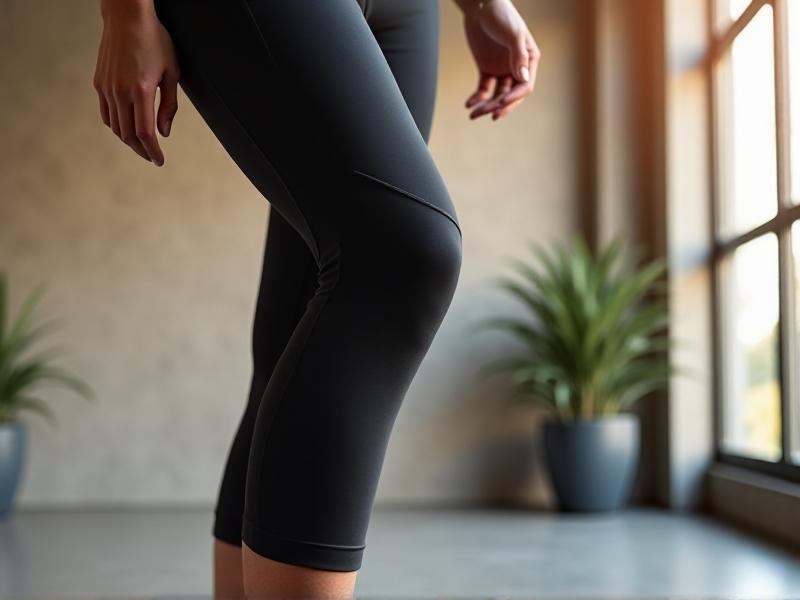Brown Fat Activation Thresholds & Temperatures
The Biology of Brown Fat: Understanding Thermogenesis
Brown adipose tissue (BAT), commonly known as brown fat, is a specialized type of fat that plays a critical role in thermogenesis—the process of heat production in mammals. Unlike white fat, which stores energy, brown fat burns calories to generate warmth, primarily through the action of mitochondria-rich cells containing uncoupling protein 1 (UCP1). This protein disrupts the proton gradient in mitochondria, converting energy into heat instead of ATP. Brown fat activation is tightly regulated by the nervous system, particularly sympathetic nerve fibers that release norepinephrine in response to cold exposure. Researchers have identified brown fat deposits in humans, predominantly around the neck, collarbone, and spinal regions, though its abundance decreases with age and obesity.
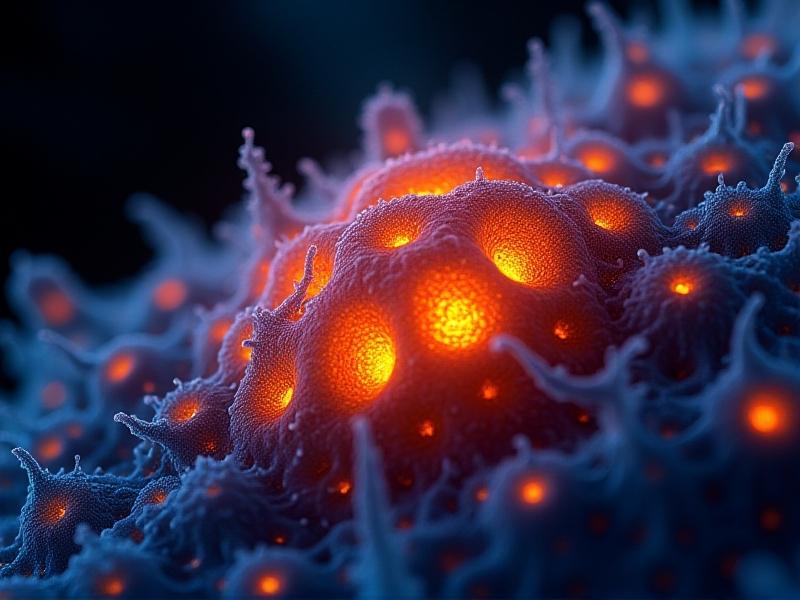
Temperature Thresholds: When Does Brown Fat Activate?
Brown fat activation is triggered by exposure to cold, but the precise temperature thresholds vary among individuals. Studies suggest that mild cold exposure (around 15–19°C or 59–66°F) initiates nonshivering thermogenesis, the primary mechanism of brown fat activity. Prolonged exposure to colder temperatures (below 15°C) amplifies this response, though shivering may begin to dominate. The activation threshold is influenced by factors like body composition, acclimatization, and genetic predispositions. For instance, lean individuals often exhibit higher brown fat activity than those with higher body fat percentages. Recent research also highlights the role of circadian rhythms, with activation peaks occurring in the morning, aligning with the body’s natural metabolic cycles.

Cold Exposure Techniques to Stimulate Brown Fat
Practical methods to activate brown fat include controlled cold exposure, such as cold showers, ice baths, or spending time in cool environments. Studies suggest that even short bursts of cold (10–15 minutes daily) can enhance BAT activity. Techniques like cryotherapy chambers, which expose the body to temperatures as low as -110°C for brief periods, have gained popularity, though their long-term efficacy remains under investigation. Layering clothing strategically—leaving areas like the neck and hands exposed—can also target BAT-rich regions. However, gradual acclimatization is key to avoiding hypothermia or excessive stress responses. Pairing cold exposure with physical activity may further amplify thermogenic effects.

Brown Fat vs. White Fat: Metabolic Differences
White adipose tissue (WAT) and brown fat serve opposing roles in energy metabolism. While white fat stores excess calories as triglycerides, brown fat oxidizes fatty acids and glucose to produce heat. This distinction arises from differences in mitochondrial density, vascularization, and innervation. Brown fat’s high mitochondrial content gives it a darker hue, whereas white fat appears yellowish. Importantly, brown fat activity correlates with improved insulin sensitivity and metabolic health, making it a potential target for obesity and diabetes therapies. Emerging research also explores “beige” or “brite” fat—white fat cells that adopt brown-like properties under certain conditions, such as chronic cold exposure or exercise.

Factors Influencing Brown Fat Activation Efficiency
Beyond temperature, multiple factors modulate brown fat activity. Diet plays a role: capsaicin (found in chili peppers) and omega-3 fatty acids may enhance thermogenesis. Hormonal signals like thyroid hormones and irisin, released during exercise, also stimulate BAT. Age is a critical factor—infants rely heavily on brown fat for warmth, but its activity declines in adulthood. Obesity and insulin resistance further suppress BAT function, creating a vicious cycle. Sleep quality and stress levels impact sympathetic nervous system activity, indirectly affecting brown fat. Recent studies even suggest that gut microbiota composition may influence BAT activation through metabolic byproducts like short-chain fatty acids.
Health Implications: Brown Fat’s Role in Disease Prevention
Activating brown fat may mitigate risks associated with metabolic syndrome, including obesity, type 2 diabetes, and cardiovascular diseases. By increasing energy expenditure, BAT helps regulate body weight and reduce visceral fat accumulation. Its glucose-uptake properties improve glycemic control, offering therapeutic potential for diabetics. Animal studies suggest that BAT activation reduces atherosclerosis by lowering lipid levels. Additionally, brown fat’s anti-inflammatory effects could protect against chronic diseases linked to inflammation. However, translating these benefits into clinical applications requires further research, particularly in identifying safe, sustainable methods to enhance BAT activity in diverse populations.
Practical Tips for Sustaining Brown Fat Activity
To maximize brown fat benefits, incorporate cold exposure into daily routines—start with lukewarm showers and gradually decrease the temperature. Combine this with regular exercise, especially high-intensity interval training (HIIT), which boosts irisin levels. Optimize sleep hygiene to support circadian rhythm alignment, and consume BAT-friendly foods like green tea, turmeric, and spicy dishes. Avoid overly warm environments; setting thermostats to 18–19°C during the day can subtly stimulate thermogenesis. Mindfulness practices like meditation may reduce chronic stress, which inhibits sympathetic nervous system activity. Finally, consult healthcare providers before adopting extreme cold therapies, especially for individuals with cardiovascular conditions.
